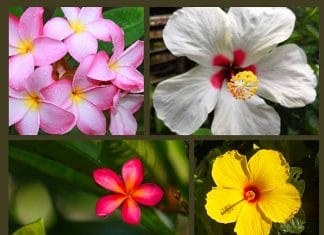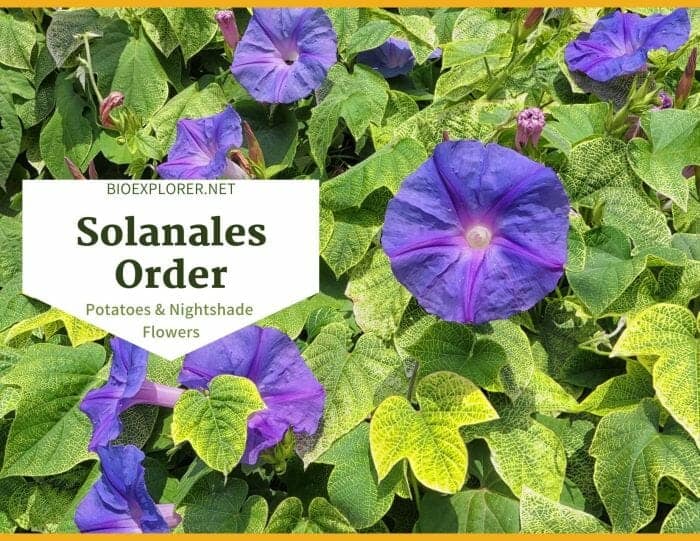
Solanales or the potato/nightshade order of the flowers belong to the core asterid clade, manifesting a global distribution. The plants of Solanales possess root stalks or tubers, simple, alternate, and exstipulateWhat is exstipulate?Without stipules; Stipule is a small structure of appendage found at the base of some leaf petioles. leaves, showy flowers, and typically 5-merous floral parts.
The Solanales plants are monoeciousWhat is monoecious?Pertaining to plants, individuals of which bear both staminate and pistillate flowers, but not necessarily perfect flowers., andromonoeciousWhat is andromonoecious?A plant with staminate and perfect flowers, but missing pistillate flowers., or dioeciousWhat is dioecious?Pertaining to plants, individuals of which bear either staminate or pistillate flowers, but not both.. Example species under Solanales order involve the highly cultivated flora of Morning Glory, potato, eggplant, and tomato.
Table of Contents
Solanales Families
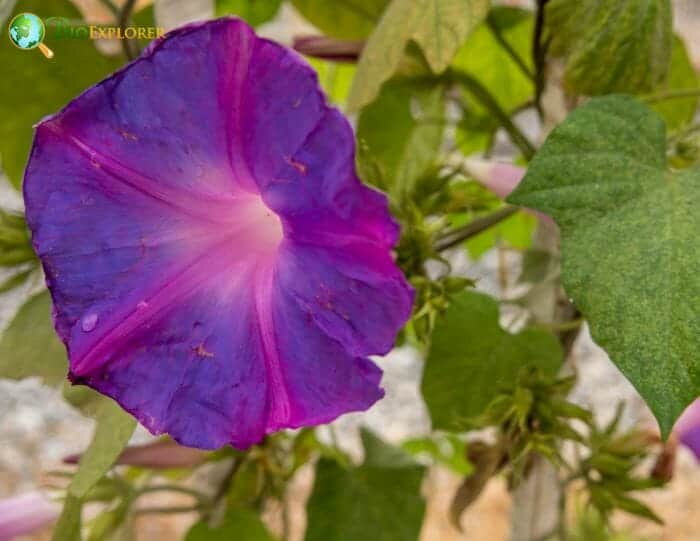
The APG III classification system places Solanales under the eustarid I group. Solanales comprises 5 families, 165 genera, and 4080 species.
- Solanaceae (Nightshade and potato family).
- Convolvulaceae (Morning glory and sweet potato family).
- Montiniaceae (Wild-clove family)
- Sphenocleaceae (Gooseweed family)
- Hydroleaceae (False fiddleleaf family).
![]()
Solanales Distribution
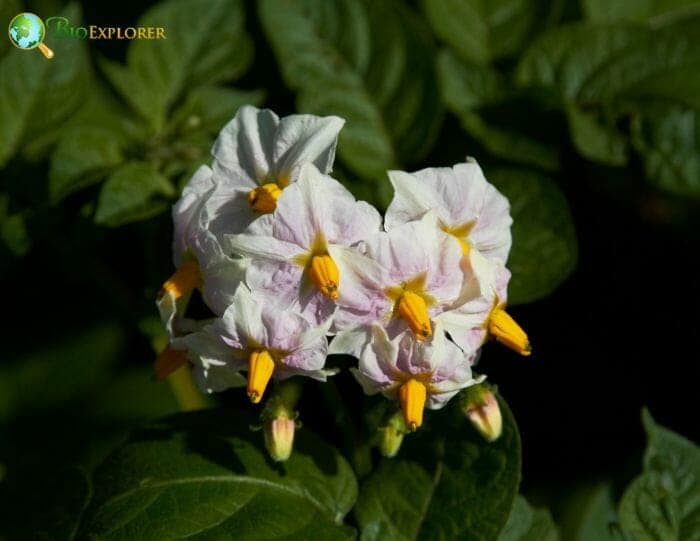
The majority of the largest family members, Solanaceae (over 100 genera and more than 3000 species[2] ), are distributed globally.
- They are most abundant in Latin America’s tropical regions. Very few species are also found in temperate regions. It is most diverse in South America, Central America, and Mexico.
- Convolvulaceae (also a large family) with 57 genera and more than 1, 600 species have an almost worldwide distribution.
- Montiniaceae (3 genera and 5 species)[3] are found in Africa and Madagascar.
- Hydroleaceae (1 genus and 12 species) are distributed in tropical regions.
- Sphenocleaceae (1 genus and 2 species) prefers stagnant water and thrives in moist soil. They are distributed in Central Asia, the Indian continent, Southeast Asia, Sumatra, Java, and Timor to Southwest Sulawesi.
![]()
Solanales Characteristics
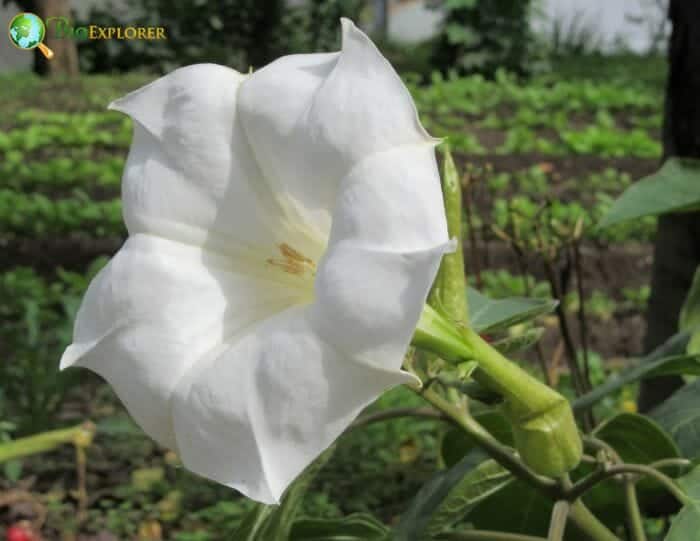
- Plant type: Members of this order involve herbs (mostly twining), shrubs, trees, vines, and sometimes epiphytes. Sometimes they possess milky sap.
- Roots: The plants usually have fibrous roots. Some species form rootstalks or tubers.
- Stems: The stems are twining or erect (herbs). A few are woody (vines, trees, and shrubs). The members of Solanales contain or do not contain latex. Some species are tuberous.
- Leaves: The leaves are usually simple and alternate. Some plants have lobed to pinnatisect. They lack stipules.
- Flowers and Inflorescences: The flowers are often showy, actinomorphicWhat is actinomorphic?A characteristic of the flower exhibiting radial symmetry such as starfish or Daisy flower; capable of being bisected into identical halves along more than one axis, forming mirror images. Opposite is Zygomorphic., or slightly zygomorphicWhat is zygomorphic?A characteristic of the flower having only one plane of symmetry, as in a pea or snapdragon; bilaterally symmetrical; especially in reference to a flower or corolla; Opposite is Actinomorphic; irregular flower;, and nearly always bisexual. Some are monoecious, andromonoecious, or dioecious. The flowers can be solitary or grouped into terminal cymose or dichasia (terminal or axillary).
- Sepals and Petals: Members usually have 5 petals and 5 sepals; differentiated perianth. A few species are 4-merous and 6-merous. The calyxWhat is calyx?A collective term for all the sepals of a flower; the lowermost whorl of floral orgrans (Plural form is calyces). is synsepalous, and the dorolla is sympetalous.
- Stamens and Carpels: The androecium usually have 5 stamens; distinct, alternating with the corollaWhat is corolla?A collective term referring to the petals of a flower. lobes and adnate to the corolla tube’s base. Usually, they have 2 carpels; rarely up to 5.
- Ovary and Fruit: Members have superior ovary (rarely inferior), and the fruit is a berry, a drupe, a nut, or a capsule (septicidal, loculicidal, or valvateWhat is valvate?Sepals having adjacent edges abutting rather than overlapping; opening by valves; edges of structures coming together so that the margins touch but won't overlap.).
- Seeds: The seeds of most members are oily, endospermic. They are rarely starchy. Obvious hairs are absent. Most species have round and flat seeds (Solanaceae).
Suggested Reading:
Cone-Shaped Flowers
![]()
Solanales Flowers and Reproduction
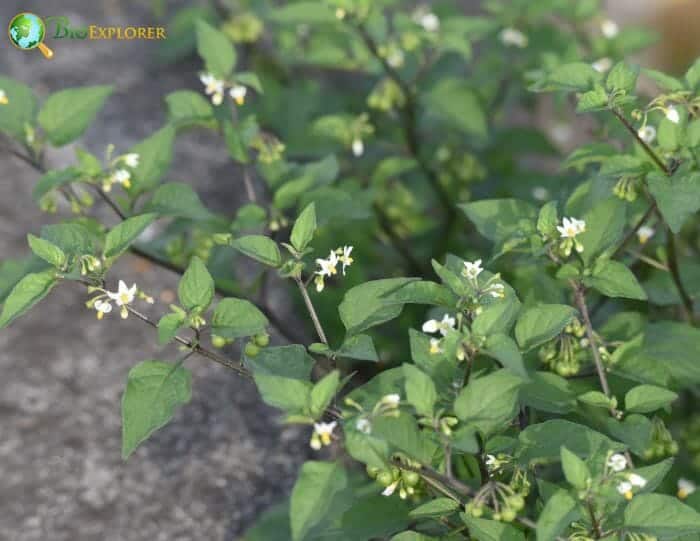
Solanaceae have medium-sized and commonly actinomorphic flowers. They are fragrant, fetid (smelling extremely unpleasant), or inodorous.
- They are in solitary or in cyme units. Most are hermaphrodites. Some plants are monoecious, andromonoecious, or dioecious. The pollination of the species under this order is entomophilousWhat is entomophilous?Pollination by insects. Contrast anemophilous (wind-pollination)..
- Most of the members possess differentiated perianth, with usually 5 sepals and petals in the calyx and corolla. The stamens are usually existing in multiple of 4 or 5. Most species have 4 or 8 stamens; distinct, epipetalous.
- The gynoecium of the flowers involves a single pistil with 2 carpels. The nightshade of the genus Solanum possesses 5 petals (fused) that are commonly white, yellow, or purple. The flowers are commonly in clusters.
- Convolvulaceae flowers are actinomorphic and usually showy. The flowers are mostly solitary or in terminal or axillary dichasia. Most members are nearly always bisexual.
- The species of this order are commonly 5-merous. There are typically 5 distinct sepals in the calyx. There are also 5 petals in the corolla; sympetalous. Often the corolla has inconspicuous lobes forming a trumpet shape.
- The stamens in the androecium are also 5, often unequal. They alternate with the lobes and adnate to the corolla tube’s base. A single compound pistil with commonly 2 (rarely up to 5) is in the gynoecium.
- The attractive and impressive flowers of the morning glories attract pollinators like bees, moths, other insects, and hummingbirds.
![]()
Solanales Family Differences
APG IV classification involves 5 families under Soliniales. Therefore, three families (with the most number of genera) are compared in this section.
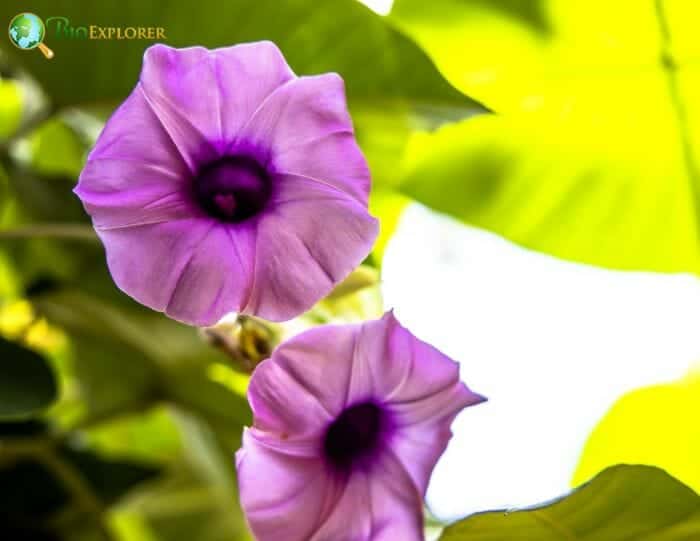
Solanaceae
- Members of this family are herbs, shrubs, trees, or lianas possessing internal phloem.
- The leaves are usually simple, alternate, and exstipulate.
- The flowers are usually actinomorphic and bisexual.
- The perianth is 5-merous (5 sepals and 5 petals). The corolla is involute in aestivation.
- The androecium also has 5 stamens. The gynoecium is syncarpousWhat is syncarpous?Flowering having united carpels; Contrast apocarpous. and bicarpellate.
- The ovary is typically superior.
- The fruit is a capsule, a drupe, or a berry.
![]()
Convolvulaceae
- The members of this family are typically detrorse-twining vines. A few members are shrubs or trees, commonly with internal phloem.
- The leaves are usually simple (sometimes lobes to pinnatisect), alternate, and exstipulate.
- The flowers are actinomorphic and primarily bisexual.
- The calyx has 5 lobes, and the corolla has 5 petals. The corolla is sympetalous, infundibular. Aestivation is plicate (involute) or imbricateWhat is imbricate?Tooltip Content.
- The stamen is usually 5; epipetalous. The gynoecium is syncarpous with often 2 carpels.
- The ovary is superior.
- The fruit is a capsule, berry, drupe, or nut.
![]()
Montiniaceae
- The plants in this family are shrubs, trees, and woody lianas.
- The leaves of the plants are simple, alternate, or opposite.
- The sexes are on separate plants (unisexual).
- The male flowers have 3-5 sepals and 3-5 petals. The female flowers have 4-5 petals and 4-5 sepals. The corolla is imbricate, polypetalous, and deciduous.
- The ovary is inferior.
- The fruit is a capsule (indehiscent) or a drupe (fleshy).
![]()
Solanales Example Species
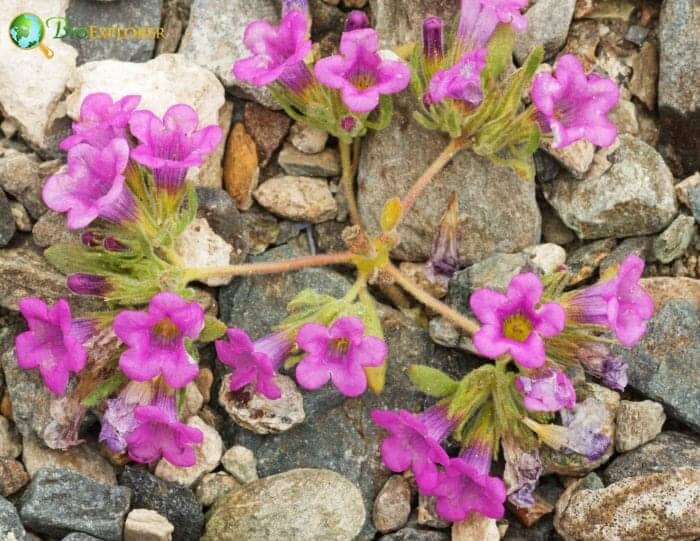
Members of this order involved the most highly cultivated flora. The following are the example plants under this order.
- Common morning glory[4] – The plant has medicinal uses[5]. It is considered anthelmintic, diuretic, hallucinogenic, and laxative.
- Potato[6] – This plant is a globally important crop. The food in the form of tubers is nutritious. It is usually used as a staple food, but it also has excellent medicinal value.
- ‘White angels trumpet[7] – The attractive trumpet-shaped flowers make this plant of ornamental value. However, its escape from cultivation makes it an invasive weed.
- Black nightshade[8] – The genotypes of S. nigrum with large fruits constitute a minor food crop. The shoots and the berries are consumed as vegetables and fruits. The plant is also consumed in traditional medicine. However, in most parts of the world, this species is considered a troublesome weed.
- Hawaiin baby Woodrose[9] – The plant has an ornamental flower and foliage, making it suitable for landscaping. In addition, the leaves are used for traditional medicine.
- Sweet potato[10] – This plant is a vegetable with high nutritional value. It is also considered a valuable medicinal food.
- Wild-clove bush[11] – The plant is used for traditional medicine.
- Gooseweed[12] – The young plants and the older plant’s tips are edible (vegetable) in Indonesia.
- Ovate false fiddle leaf[13] – The plant is of ornamental value. It is usually planted in the pond, bog, and water garden.
- Tomato[14] – The fruit is edible. It is considered the 2ndmost crucial vegetable crop in the world. The plant also possesses medicinal value[15].
Suggested Reading:
Top 26 Best Hawaiian Flowers
![]()



